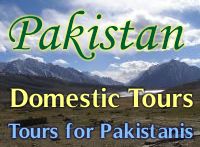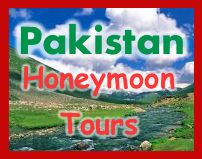Introduction
150 million. It is a federation of four provinces, namely; Balochistan, Sindh,
Punjab, NWFP, Federally Administrated Tribal Areas (FATA) and Northern
Areas. The main tourist attractions of Pakistan are; its scenic beauty, flora
and fauna, art and culture, adventure and sports and above all the
hospitality of its people. Pakistan is the land of Moenjodaro cradle of
ancient Indus Valley and Gandhara Civilization. It is the land where three
mighty mountain ranges the Himalyas, the Hindu Kush and Karakoram
meet. It is situated on the cross-roads of the East and West and presents
a fascinating combination of the old and modern ways of life. Pakistan has
a fairly developed tourism infra and super-structure.
lofty and rugged mountains under Chiltan, Sulaiman, Sultan etc. and plains,
stretching to hundred of kilometres. It has a fascinating history and is typified
by the warm heartedness of its people. The Balochistan coast line extends
over 750 Kms from Karachi at Hub River to the Gwadar Bay on Pak-Iran
border. The area is rich in fish and marine resources. Balochistan has great
potential appeal as a travel destination, particularly now that access to
neighbouring Iran has become so much easier. Balochistan is known for its
apple produce, and the Gwadar Port promises a new era of maritime activity
making it, in not too distant a future, a great seaport and the hub of
economic activity in the region.
Sindh
down its centre making it fertile. It covers an area of 1,40,914 Sq. Kms.
carpet weaving. Local art of ajrak and sussi, a strapped cotton cloth for
women, is very popular. Sindh has rich cultural heritage i.e. Moenjodaro and
Thatta, embracing a 5000 years old civilization.
Advertisement
Advertise on this site click for advertising rates






